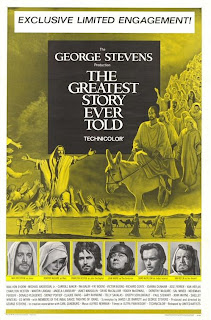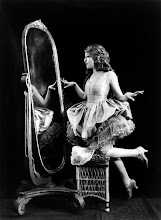 The ultimate Christmas movie, in my book, is Frank Capra's Its A Wonderful Life. Some think this film is played to death during Christmas time, but I think that is only because of how the sentiments behind the film echo the sentiments of the holidays. Each new generation finds a voice within the film and can identify with its sense of hopelessness and hope found. I'll spare you fancy details about the movie, because we all probably know them so well. Instead, I've got some fun stuff to do with this movie.
The ultimate Christmas movie, in my book, is Frank Capra's Its A Wonderful Life. Some think this film is played to death during Christmas time, but I think that is only because of how the sentiments behind the film echo the sentiments of the holidays. Each new generation finds a voice within the film and can identify with its sense of hopelessness and hope found. I'll spare you fancy details about the movie, because we all probably know them so well. Instead, I've got some fun stuff to do with this movie.The entire film is posted here on YouTube, but if you want a quicker version, you can watch the version that is done in 30 Seconds With Bunnies. You can find a webgroup dedicated to the film here. The town of Seneca Falls, which was the real Bedford Falls, has a site dedicated to the township and preserving the memory of the classic film that was made there, with links to important places, events, and people from the film. Here is a quiz about the movie, so you can test your smarts and tell if maybe you've seen the flick one too many times. And here is a travel blog about the "It's A Wonderful Life Festival" held every years in Seneca Falls.

A few articles also explore the darker side of the film. This article from Newsweek talks about the mortgage crisis and financial lessons to be learned from the film. Another article from The New York Times, talks about the scary since of the movie and how some people love it for all the wrong reasons. And here is an article from Salon about how it would probably be a lot more fun to live in jazzy Pottersville than clean-cut Bedford Falls. Call them humbugs if you want, but I encourage you to check out their stuff all the same.
With all that said, a Merry Christmas and Happy Holidays to everyone!





































